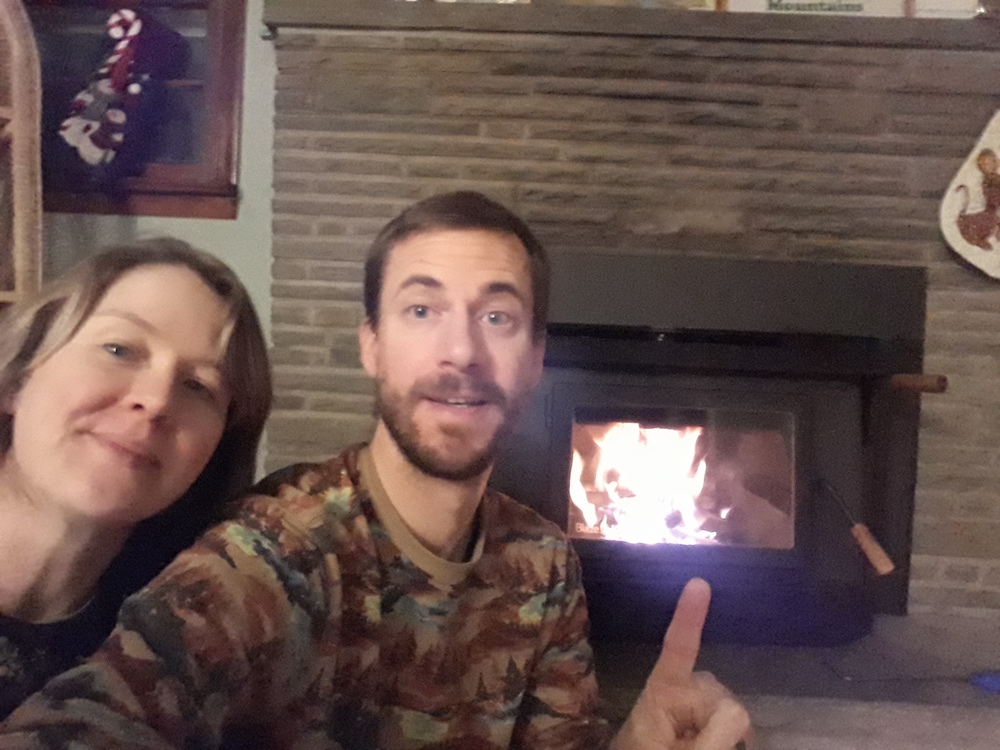There I was, minding my own business, when it suddenly leaped out at me from the side of the trail...
There I was, minding my own business. I was out for a hike one morning at the state forest near my house. Then suddenly, it leaped out at me from the side of the trail. It was...a zombie!
Ok, it was an American chestnut. It’s Halloween. Give me a break.
Maybe it wasn’t The Walking Dead, but it really did surprise me. I hardly ever see a chestnut, so whenever I walk past one, it always makes me stop.
And in a way, this chestnut was like a zombie. Decades ago it was a proud tree soaring high in the canopy. Then a fungus called chestnut blight came along and killed it.
But not all the way. Although chestnut blight kills the aboveground part of the tree, the roots survive. Those roots respond to the death of the tree above them by sending up a new stem to replace it.
Unfortunately, chestnut blight is equally tenacious. The airborne fungus is always lurking, waiting for a chestnut to attack. When that new stem gets big enough, bang! The blight hits it too.
This cycle repeats endlessly, which is why a century after chestnut blight reached America, we still don’t have chestnuts recovering. What I saw along the trail was just the latest round in small chestnuts shuffling along before the fungus kills them too.
How can you tell if you have one of these zombie trees in your woods? The leaves are the best giveaway. Nothing else looks like them:
Chestnut leaves are long and thin, with big saw-toothed edges (zombies with saws! I smell a sequel). About their closest leaf match is American beech, which has fatter leaves and much smaller teeth:
Like any good movie, the Zombie Chestnut Saga has some heroes. There’s great work happening through the American Chestnut Foundation to breed American chestnut trees that can resist the blight. A while back we published an article by William Powell, a professor at the State University of New York, who has made amazing strides in this work.
You can help out with the effort to restore the chestnut. If you have one of the few remaining healthy American chestnut trees in your woods, the American Chestnut Foundation may be able to use seeds from it to breed more blight-resistant trees. For information about how to help, check out this post from ACF.
It’s a long, hard, risky road to success, but that’s what heroes do. Here’s hoping that someday, I’ll walk in the woods and be surprised not by a zombie, but by a grove of big, healthy, beautiful chestnut trees.








